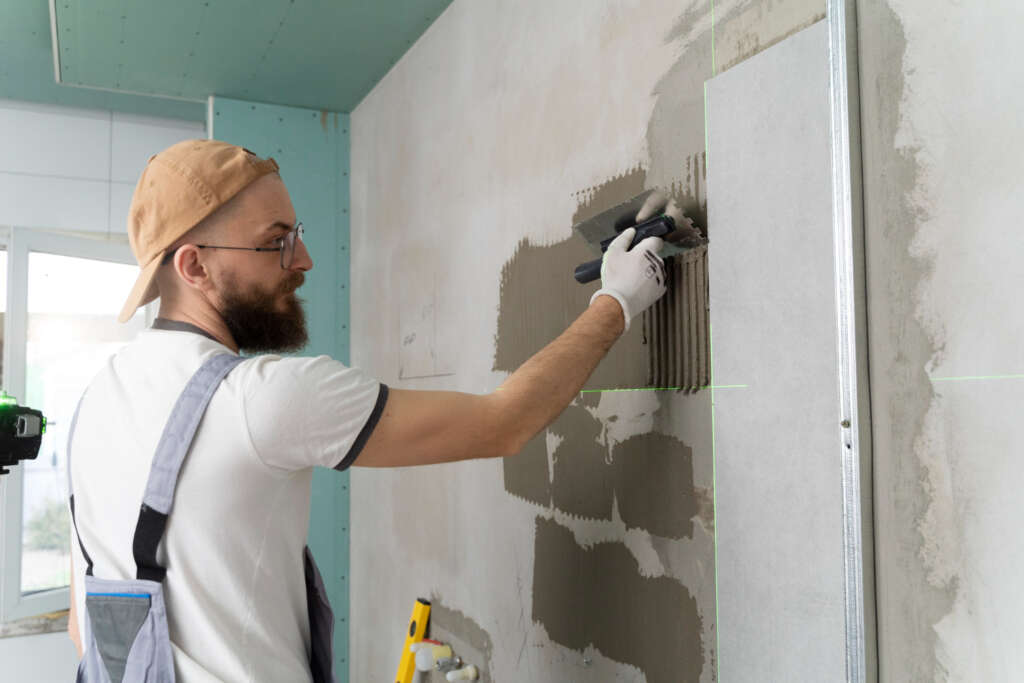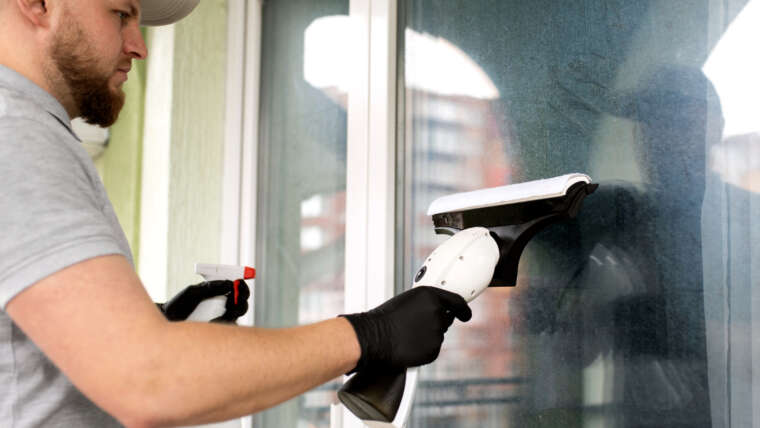
Taking the proper steps when dealing with water damage is vital for a successful restoration. Water damage repairs are often a complex job that requires the help of professionals.
If you’re attempting to repair water damage independently, here are a few tips and tricks to help you get started.
Table of Contents
Unplug All Electronics
The first step in water damage restoration is to unplug all electronics from the affected area. This will help prevent further damage to your home’s devices and reduce the risk of electrical shock.
Electricity and water are lethal combinations, so turning off the power to areas with standing water is essential. This can be done by shutting off the main electricity supply at your meter box or circuit breaker.
Also, remove any unsalvageable items from the affected area, such as rugs and mats. This will reduce the work needed to clean and dry the area. It will also aid in preventing the growth of mold and mildew. This is crucial since mold can significantly negatively impact one’s health, particularly for people with asthma or allergies.
Assess the Damage
Determining the amount of damage is the first stage in water damage restoration. Begin with a visual inspection and look for signs of water damage, such as water stains, discoloration, peeling paint, warped materials, mold, and mildew growth.
Once you have assessed the extent of the damage, it is essential to disinfect the affected area. This will lessen the likelihood of other pollutants and mold spores spreading.
Also, check all hidden areas, such as behind furniture and inside cabinets. Call an expert to clean up the mess if you see any contamination indications. Once the area is cleaned and disinfected, open all windows and doors to promote airflow and hasten drying. This will help stop mold and mildew from growing.
Remove All Water
After the water recedes, removing all the water from the affected area is essential. The longer the water sits, the more damage it will do. This is especially true for wood floors and carpets, where water damage can severely weaken.
If you need help, consider renting equipment like pumps, pails, and wet/dry shop vacuums. You should also turn off any electrical power in the area. Flooded areas can contain dangerous animals and toxins, including venomous insects and raw sewage.
Clean water, gray water (leaking from appliances), and black water (sewage or flooding from a river) have different health risks and should be handled differently. You may need to disinfect the entire home, depending on the extent of the damage.
Dry Out the Area
Water damage restoration companies use large pumps and vacuums to remove gallons of water from rooms. They also dehumidify the area to speed up drying time.
They can also dry out rugs, carpeting, furniture, and other items. They may even disinfect the area to prevent mold and bacteria growth.
The first step is to determine how much water has damaged the property. This is done with a detailed inspection and assessment. They can then provide an estimate for the water damage restoration.
Depending on the type of water, the area can be cleaned up quickly. Clean water is usually safe, while gray and black water contain harmful chemicals and are more hazardous. This is why it’s essential to call in a professional right away.
Contact a Professional
In a short period, water damage might result in serious issues. It can result in the formation of mold and mildew in addition to destroying furniture and distorting wood flooring. Contacting a professional immediately after the flood is essential to minimize the damage and prevent future issues.
A specialist might utilize specialized equipment to dry the region swiftly and eliminate extra moisture. They can also help determine which materials can be saved and which need to be replaced.
Additionally, a professional will be trained to handle any necessary repairs. Attempting to do this yourself could put you and your family at risk of exposure to bacteria and other contaminants in contaminated floodwaters. This is why it’s always best to let the professionals take care of this task.


